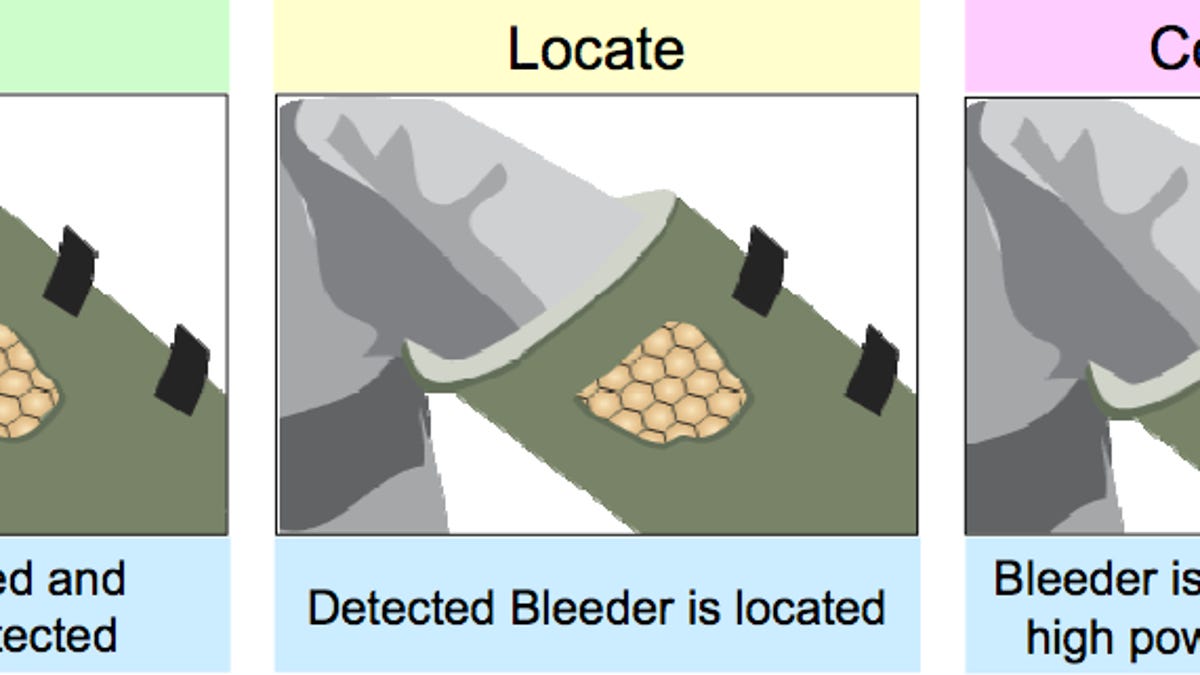Ultrasound cuff to stop internal bleeding on battlefield
DARPA hopes to be able to have a prototype in 18 months of the Deep Bleeder Acoustic Coagulation cuff.

Internal bleeding can cause irreversible haemorrhagic shock within 30 seconds or progressive shock within eight hours, either way, it's not good and the military wants a portable, noninvasive way to detect and stop it right on the battlefield.
To that end, the Defense Advance Research Projects Agency (DARPA) has contracted with Siemens Healthcare, the University of Washington's Centre for Industrial and Medical Ultrasound and Texas A&M to develop something called the Deep Bleeder Acoustic Coagulation cuff (DBAC). The cuff is a semi-automated, ultrasound device designed to cut blood loss and shock resulting from combat limb injuries, one that can be operated by any GI with minimal training.
As it stands now, a wounded soldier can quickly lose 25 percent of blood volume while waiting to be evacuated. This can lead to progressive shock and death. On the spot treatment with the cuff would curtail these needless combat deaths and amputations, according to the military.
A medic applies the cuff to the injured limb, the DBAC automatically locates the bleeding and triggers a dose of high-intensity, focused ultrasound toward it, this prompts quick coagulation and an end to the bleeding.
The system uses doppler-based "automated bleed detection algorithms," according to DARPA. The software used is based on "unique spectral and power Doppler bleeder signatures that, when coupled to volumetric data, allows for automated bleed detection and localization."(PDF)
Blood mimicking fluids and heat resistant, tissue mimicking phantoms were custom created to allow DBAC testing on a full-sized leg mockup. DARPA hopes to be able to have a prototype in 18 months.